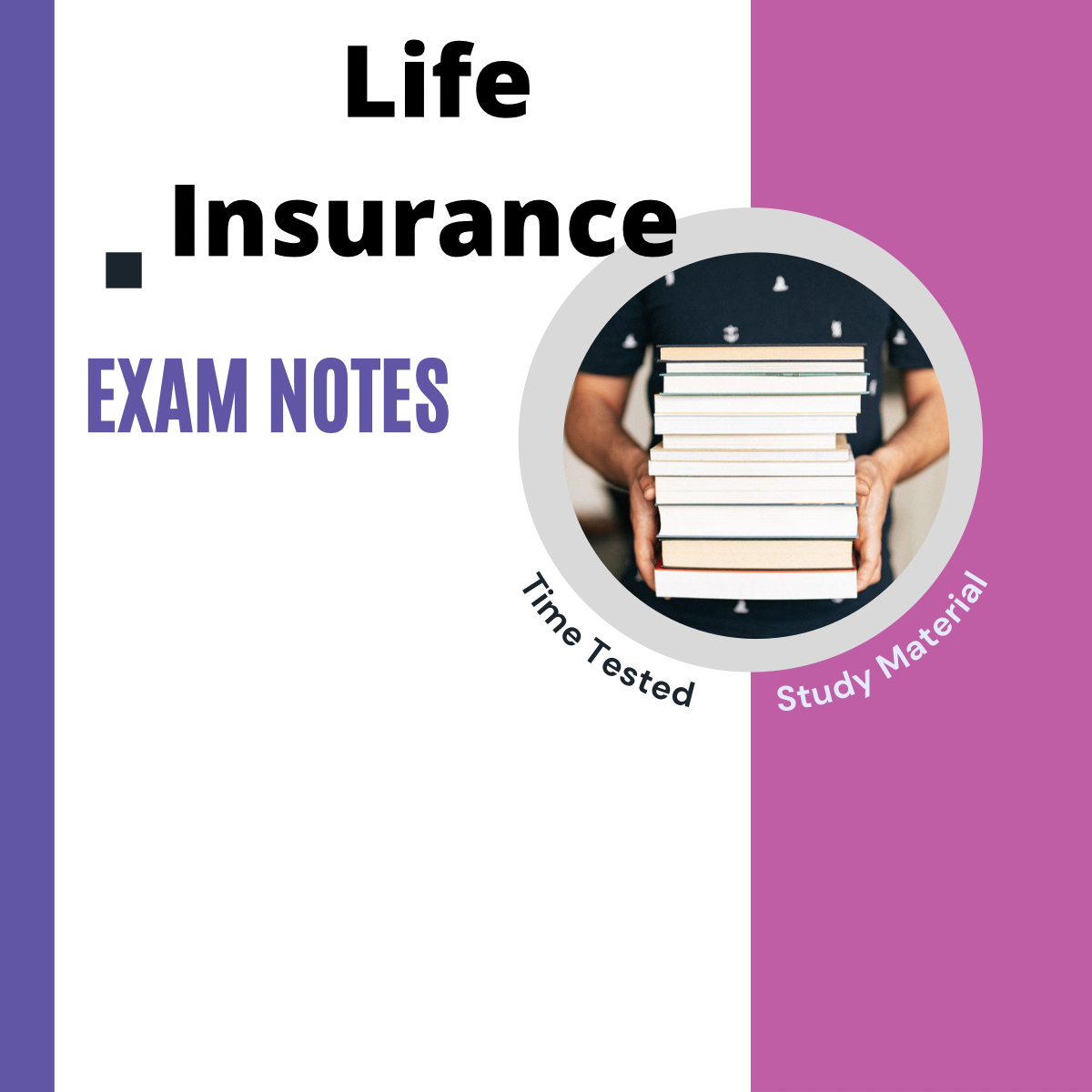All about Pacific Prime
All about Pacific Prime
Blog Article
Pacific Prime Things To Know Before You Buy
Table of ContentsPacific Prime for DummiesThe 9-Minute Rule for Pacific PrimeA Biased View of Pacific PrimeNot known Details About Pacific Prime Not known Facts About Pacific Prime

This is due to the fact that the data were gathered for a duration of strong financial efficiency. Of the estimated 42 million people that were uninsured, just about concerning 420,000 (about 1 percent) were under 65 years old, the age at which most Americans become eligible for Medicare; 32 million were adults in between ages 18 and 65, around 19 percent of all adults in this age; and 10 million were youngsters under 18 years old, about 13.9 percent of all kids (Mills, 2000).
These quotes of the variety of individuals uninsured are produced from the yearly March Supplement to the Existing Populace Study (CPS), conducted by the Census Bureau. Unless otherwise kept in mind, nationwide price quotes of individuals without medical insurance and percentages of the populace with various sort of coverage are based on the CPS, the most widely used resource of estimates of insurance policy coverage and uninsurance rates.
Pacific Prime - Questions

Still, the CPS is especially useful due to the fact that it generates annual estimates relatively quickly, reporting the previous year's insurance policy protection estimates each September, and because it is the basis for a regular collection of estimates for even more than 20 years, permitting analysis of trends in insurance coverage over time. For these factors, as well as the extensive use the CPS in various other researches of insurance coverage that are offered in this record, we count on CPS estimates, with limitations kept in mind.

The quote of the number of without insurance individuals expands when a populace's insurance coverage status is tracked for a number of years. Over a three-year period starting early in 1993, 72 million people, 29 percent of the united state population, were without insurance coverage for at the very least one month. Within a single year (1994 ), 53 million people experienced at the very least a month without protection (Bennefield, 1998a)
Six out of every 10 uninsured adults are themselves used. Working does boost the probability that one and one's family participants will have insurance policy, it is not an assurance. Even participants of families with 2 full-time wage income earners have practically a one-in-ten chance of being without insurance (9.1 percent uninsured rate) (Hoffman and Pohl, 2000).
Getting The Pacific Prime To Work
New immigrants make up a significant percentage of individuals without medical insurance. One analysis has connected a substantial portion of the recent development in the dimension of the united state uninsured population to immigrants who got here in the nation in between 1994 and 1998 (Camarota and Edwards, 2000). Recent immigrants (those who concerned the USA within the previous 4 years) do have a high rate of being uninsured (46 percent), but they and their kids represent simply 6 percent of those without insurance nationally (Holahan et al., 2001).
The connection in between wellness insurance policy and access to care is well established, as documented later in this chapter. Although the relationship between health and wellness insurance coverage and health and wellness end results is neither straight neither basic, an extensive clinical and health services research literature web links health insurance protection to enhanced access to care, better high quality, and improved personal and population wellness standing.
Degrees of evaluation for checking out the impacts of uninsurance. This discussion of medical insurance coverage concentrates mainly on the U.S. populace under age 65 since practically all Americans 65 and older have Medicare or various other public insurance coverage. Additionally, it focuses especially on those without any type of medical insurance for any size of time.
Pacific Prime Things To Know Before You Buy
The troubles encountered by the underinsured remain in some areas comparable to those faced by the uninsured, although they are normally less serious. group insurance plans. Uninsurance and underinsurance, however, involve distinctly different plan concerns, and the approaches for resolving them might vary. Throughout this research study and the five reports to follow, the main emphasis gets on persons without any medical insurance and therefore no support in paying for health treatment past what is offered through charity and safeguard establishments
Wellness insurance policy is a powerful element affecting invoice of care because both people and doctors reply to the out-of-pocket price of solutions - https://pacificpr1me-2.creator-spring.com. Health and wellness insurance coverage, nevertheless, is neither required nor sufficient to get to clinical solutions. The independent and straight impact of health and wellness insurance protection on accessibility to health and wellness solutions is well developed.
Others will get the wellness care they require even without medical insurance, by paying for it expense or seeking it read the full info here from providers that provide treatment complimentary or at highly subsidized prices. For still others, medical insurance alone does not guarantee invoice of care due to other nonfinancial obstacles, such as an absence of healthcare providers in their neighborhood, limited access to transport, illiteracy, or linguistic and social distinctions.
The smart Trick of Pacific Prime That Nobody is Talking About
Formal research study concerning without insurance populations in the United States dates to the late 1920s and early 1930s when the Board on the Price of Healthcare produced a series of reports regarding financing medical professional workplace gos to and hospital stays. This concern came to be significant as the numbers of medically indigent climbed during the Great Depression.
Report this page